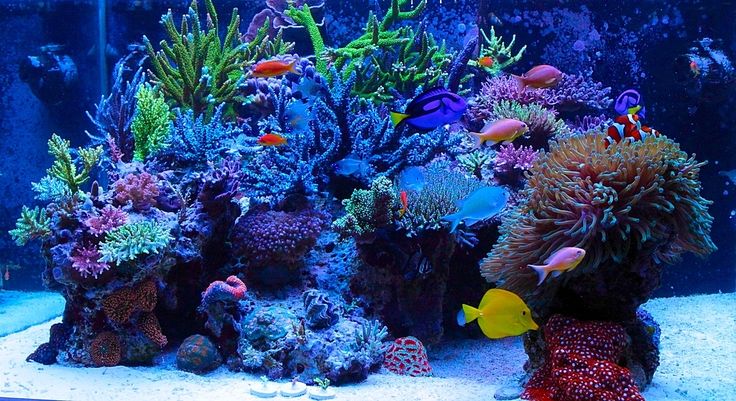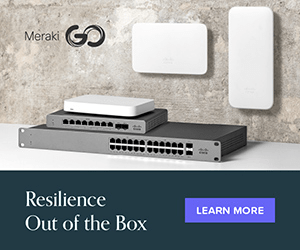Maintain the cleanliness of your aquarium by using a dependable aquarium heater. An accurate aquarium is, easy to use and long-lasting.
The heaters must be placed close to circulators or filters for better distribution of heat. They should also be kept from other sources of heating, like heaters or hot decorations to prevent overheating.
Types
The correct temperature of water is vital for fish. With the exception of some cold-water species that are not tropical, all fish require warm water in order to thrive. Your fish may suffer stress, disease or even die if you don’t maintain the proper temperature of your water.
Aquarium heaters are a vital piece of equipment to ensure the wellbeing of your pets in the water. Electric heaters come in a variety of sizes and they are able to heat water with electricity. They are either hang-on or submersible, and both are able to be adjusted to meet the temperature you want for your tank. Select a fully submersible heater for your aquarium to reduce the danger of electricity leakage. This can also help to ensure that the temperature is evenly distributed throughout the tank.

Hang-on aquarium heaters are placed on the back of the tank. They are generally positioned a few inches up from the bottom. They are usually placed close to an outlet or inlet for the filter and will then move the heated water around the tank. The price of this kind of heater is typically less than that for the submersible heater. But, they might not be able to disperse the heat evenly. It is crucial to be on the lookout for your aquarium, and use a thermometer to verify that the heater for your aquarium is performing its task.
Submersible
Submersible heaters designed for thiet ke be ca canh bien aquariums are totally sealed, unlike rim mount heaters. They are more durable and come in a variety of sizes to fit any tank. Some models come with a temperature gauge digital to ensure the accuracy of your temperature settings. They also resist moisture and have internal and external sealings that provide excellent leak-proofing. They require between 5 and 10 Watts of electricity, based on the tank size.
The heater is a favorite among tank owners due to its ease to install and suitable for smaller tanks. The flat shape makes it simple to set up in narrow space. It also features a one-touch control system and overheat protection. It’s also made from durable plastic that is resistant to breaking or cracking.
Make sure to disconnect your tank heater prior to changing the water. In the event of a failure to do this, it can result in an instant — and potentially fatal — electric shock. It is recommended to utilize an electronic device to sense when the tank has to be empty and notify to someone in order to turn off the heater power before it shuts off on its own.
This heater is specifically designed to keep your aquarium temperature at an even temperature of 78°. The thermostat’s electronic design prevents overheating and prolongs the life of the heater. It has silicon carbide crystals that improve the transfer of heat and distribution in addition to a strong glass tube that’s extremely shock- and heat-resistant. It’s easy to use: just stick it to the tank wall using the suction cup.
Determine the Wattage of a heater
The heater’s task is to transmit energy from the lines of power that connect the aquarium into heating coils. Then, it transforms this energy into heat. The greater the power, the more energy it is capable of producing per amount of water in the aquarium.
To increase the temperature by one degree, it will take around 1/2 one watt. To determine the amount of the wattage that your tank requires, subtract your room temperature from the desired aquarium temperature and then divide the result by the size of your tank. For instance, a 10 gallon tank in a room that has an ambient temperature of 70 degrees requires 3 watts of heating each day to raise the temperature of water by 5 degrees.
It is advisable to pick the heater with at least 5 watts per gallon. You can easily alter the temperature in your aquarium.
Consider that any the electrical equipment that is in your aquarium will increase the amount of watts required to maintain a certain temperature. A submerged sump pump of fifty watts for instance is comparable to running a 20-watt heater seven every day of the week. A circulation powerhead will add 5-10 watts in heater energy each day.
Adjustable
A number of heaters are required to maintain the ideal temperature in a large aquarium. A variable aquarium heater permits you to adjust the power of heating to meet your tank’s dimensions and the needs of the fishes living within the tank.
The heater in the aquarium could be put in the tank in the bottom, to keep away from the accumulation of debris, or it could be connected to the filter in the tank. Choose a heater that comes with an independent thermometer to monitor its performance. This will ensure that the temperature of the aquarium stays stable and avoids overheating.
It is essential to remember that too many heaters can result in them turning between on and off. This can wear the heaters out and may make the fish cook. It’s best to use a separate thermostat that will turn off the heaters when the temperature exceeds the preset threshold.
Many aquarium heaters are equipped with safety features to prevent overheating. Certain models come with an indicator light which comes on when the heater is turned off and on. There are some devices that have a fuse, which will turn off the electricity after a specified period of time. This helps to prevent damage to the device. Some heaters have an integrated thermometer. It is best to connect the aquarium heater to an outlet located in a warm room. This will reduce its pressure and prolong its life.


